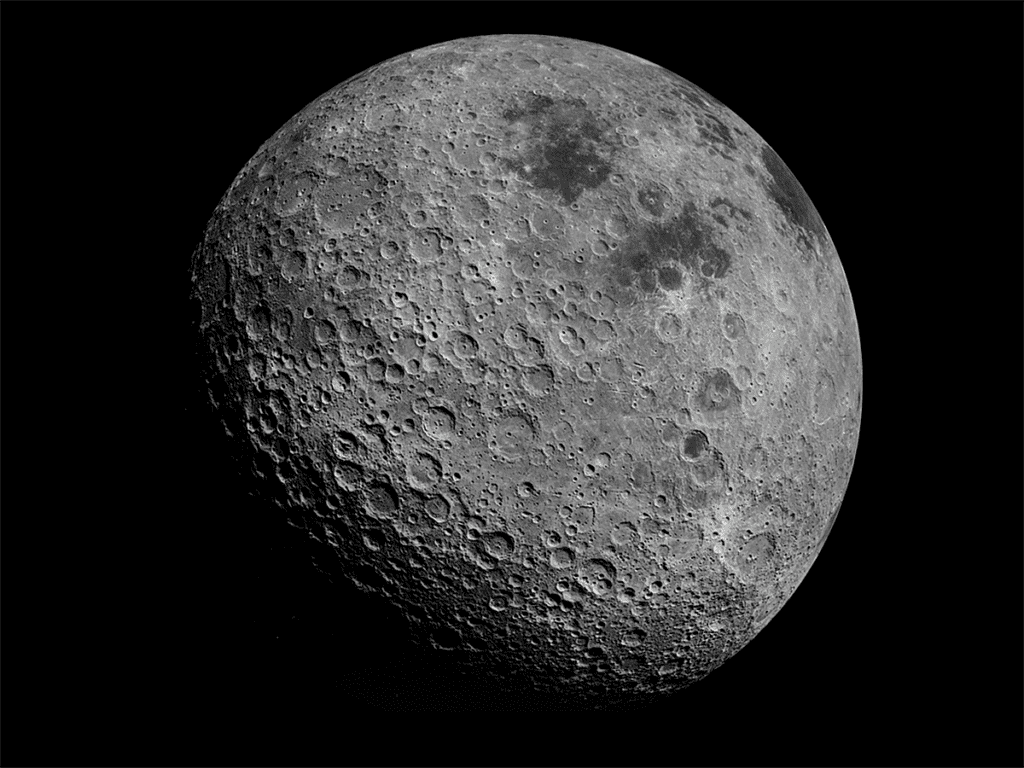When the Earth was hit by a massive object the size of Mars billions of years ago called Theia, the debris from the ginormous impact ended up becoming what is now our Moon. The time it took for the Moon to form after that has always been up for debate. Was it months or was it years? Turns out it could have just been a few hours.
A new simulation from NASA’s Ames Research Center puts forth a theory that the Moon may have come together and formed in the time it takes to watch a Marvel movie.
“This opens up a whole new range of possible starting places for the Moon’s evolution,” said Jacob Kegerreis, a postdoctoral researcher at Ames Research Center in California’s Silicon Valley, and lead author of the paper on these results published in The Astrophysical Journal Letters. “We went into this project not knowing exactly what the outcomes of these high-resolution simulations would be. So, on top of the big eye-opener that standard resolutions can give you misleading answers, it was extra exciting that the new results could include a tantalizingly Moon-like satellite in orbit.”
The simulations used in this research are some of the most detailed ever designed for a study of this kind, operating at the highest resolution of any model run to study the Moon’s origins or other giant impacts. This extra computational power showed that lower-resolution simulations can miss important aspects of collisions, allowing researchers to see new behaviors.
Understanding the Moon’s origins requires using what we know about the Moon – its mass, orbit and the precise analysis of lunar rock samples – to generate scenarios that could have led to the Moon’s current state.
Some of the Moon’s properties, such as its mass and orbit, were previously well-explained by prevailing theories, but there were significant exceptions. The reason why the composition of the Moon is so similar to that of the Earth has largely remained a mystery.
Scientists can determine the composition of a substance by analyzing its isotopic signature, which provides a chemical clue as to how and where an object was created. The isotopic signatures of the lunar samples that researchers have been able to analyze in the lab are remarkably similar to those of rocks from Earth. This suggests that a substantial amount of the Moon’s material originated on Earth.
In previous scenarios in which Theia was sprayed into orbit and mixed with only a small amount of Earth material, it is less likely that scientists would observe such striking similarities – unless Theia was isotopically similar to Earth, a highly improbable coincidence.
Other theories have been proposed to explain these similarities in composition, such as the synestia model, in which the Moon is formed inside a swirl of vaporized rock as a result of a collision. However, these assumptions struggle to explain the Moon’s current orbit.
This faster, single-stage formation theory provides a more elegant and refined explanation. It could also provide new methods for solving other unsolved mysteries. The hours-long creation scenario could explain the Moon’s tilted orbit and thin crust by placing it in a wide orbit with a partially molten interior, making it one of the most intriguing explanations for the Moon’s origins to date.
To get closer to determining which of these theories is correct, we will need more lunar samples from future NASA Artemis missions. As scientists gain access to samples from other regions of the Moon and from deeper below the Moon’s surface, they will be able to compare how real-world data compares to these simulated scenarios and what they reveal about the Moon’s evolution over its billions of years of existence.
The cosmos is filled with collisions; impacts are essential to the formation and evolution of planetary bodies. We know that the impact with Theia and other changes throughout Earth’s history contributed to the planet’s ability to gather the necessary materials for life. The more accurately scientists can simulate and analyze the forces at play in these collisions, the better prepared we will be to comprehend how a planet could evolve to become habitable like Earth.
“The more we learn about how the Moon came to be, the more we discover about the evolution of our own Earth,” said Vincent Eke, a researcher at Durham University and a co-author on the paper. “Their histories are intertwined – and could be echoed in the stories of other planets changed by similar or very different collisions.”










